Console and PC Platforms
In this section, I will go into detail about both video game consoles, and PCs as gaming platforms, and I will explore and weigh up each's pros and cons.
Console game platforms
As most of you would know, you can play video games on video game consoles. A console is a very specific combination of hardware and software, produced to run a specific type of video game.
As I mentioned in my post before, the Magnavox Odyssey was strictly the first home console to have been produced, in the year 1972.
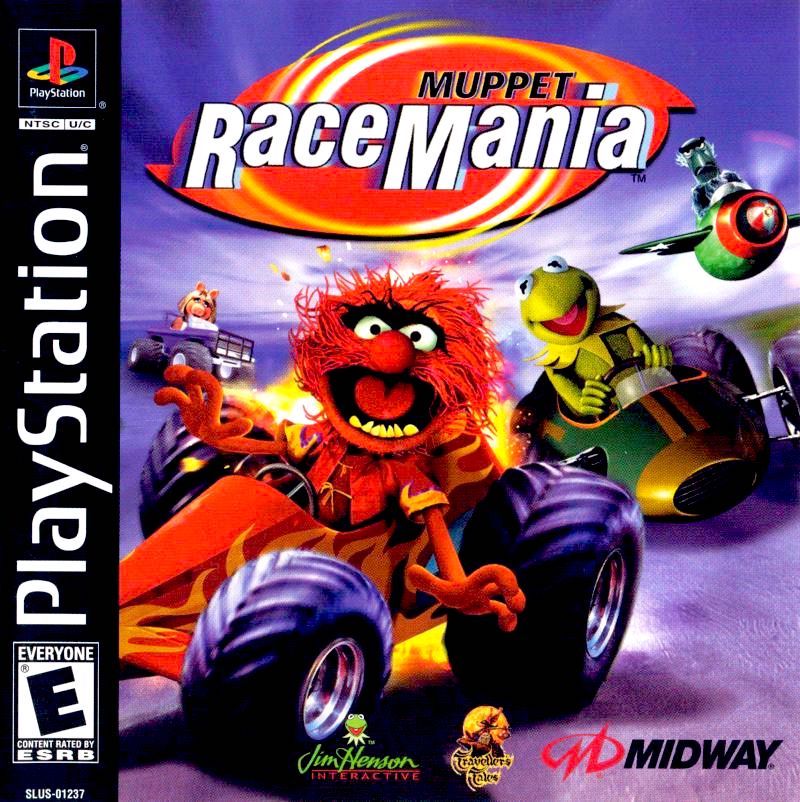 1994 saw the release of Sony's PlayStation. Personally, I can say that the Playstation was the very first console that I played as a child, I vividly remember playing through titles such as Doom and Driver, even flicking through a cheat code book to unlock characters in "Muppet RaceMania"
1994 saw the release of Sony's PlayStation. Personally, I can say that the Playstation was the very first console that I played as a child, I vividly remember playing through titles such as Doom and Driver, even flicking through a cheat code book to unlock characters in "Muppet RaceMania"
The PlayStation was the birth of an era. It sold 102.49 million units worldwide. It really was the first console to simplify home gaming, it was simple to plug in memory cards and controllers, and change discs. It had a huge variety of popular video game titles, such as Crash Bandicoot and Spyro.
In past years, Sony have really dominated the market. The most sold console of all time (including modern consoles too) is the PS2, and the fourth most console is the original PlayStation.
So, in the year 2006, Sony took another stab at the console market, with their PlayStation 3. The Playstation 3 didn't sell as well as the Xbox 360 at all at first, It had a much higher price tag than the 360, and also had a flawed online system. here are some other bad points of the PS3:
- The games themselves were expensive, as they were Blu-Ray. They could set you back £50-£60 for a new title!
- There were significantly less people playing online.
Along with the bad points of the PS3, it also had its good points.
- The PS3's online service was free. This was a big competitor to Xbox's £40/year online service.
- The PS3 boasted a Blu-Ray drive - allowing the user to watch higher definition movies, and play higher definition games. The Xbox did not have this!
- A big selling point for the PS3 was also its ability to change the hard drive. It was not like the 360, where you had to buy a Microsoft branded hard drive, you could just whip out the 250gb one in it, and upgrade it to any 2.5" hard drive.
Eventually, the sales of the PS3 did begin to rise above those of the 360. Does this mean that people had enough of paying for online? or did Sony iron out its problems? Let's take a look at the 360, and see what happened.
The Xbox 360 was released in 2005 - a year before the PS3. This already is enough of a reason why the Xbox 360 started to sell more than the PS3. Let's look at some of the good points of the Xbox 360.
- The Xbox 360 had amazing online functionality, including features such as their party chat, allowing players to speak to matter which games they are playing.
- The Xbox was a few hundred pounds cheaper than the PlayStation!
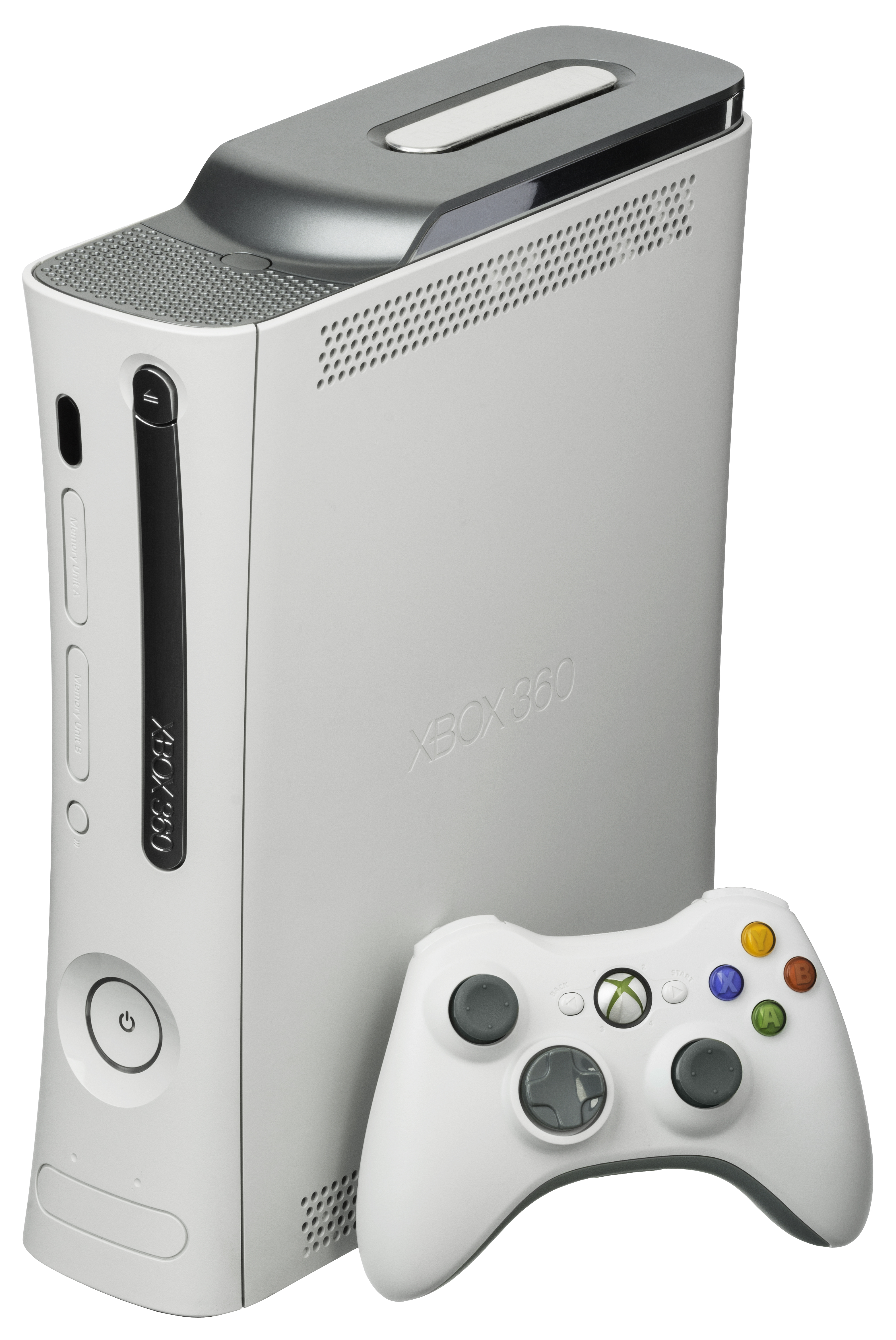 The Xbox 360 boasted a large selection of games, including big exclusives - such as Halo and Titanfall.
The Xbox 360 boasted a large selection of games, including big exclusives - such as Halo and Titanfall.
So, the Xbox had its good points, so why did it start to sell less than the PlayStation?
- The Xbox 360 had big issues with its build quality. They overheated very often, users would get the "Red Ring Of Death" - A very hard problem to fix. This meant that the lifespan of the 360 system was a lot shorter than a PS3. So, say if a gamer buys an Xbox 360, and it breaks down, are they going to buy another Xbox, or the next best alternative, that probably won't break? It really is a no-brainer!
- The Xbox 360 had no built-in Blu-Ray, meaning high definition films could not be played. The Xbox tried using the (discontinued) medium of high definition DVDs, but the demand for them was not there.
- The online for Xbox 360 was around £40 per year, which is actually quite an expensive subscription. Gamers favored the Xbox online, but for £40 a year, Playstation Network was a good alternative.
Another competitor was also in the market at this time - in 2006, Nintendo released their Wii console. The Wii offered revolutionary technology, and family-friendly gaming. Here are some good and bad points about the Wii console, starting with the good:
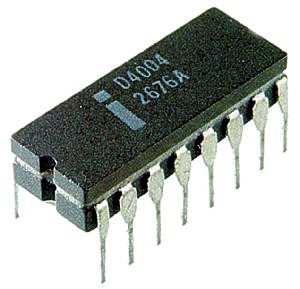 It is not just the software on PCs that is open source, the hardware is open to modify by anyone. So, if you need a bit more graphics memory, you can just clip in a new graphics card. You need more ram, slot it in!
It is not just the software on PCs that is open source, the hardware is open to modify by anyone. So, if you need a bit more graphics memory, you can just clip in a new graphics card. You need more ram, slot it in!
- The Wii offered motion technology, with wireless remotes. This was a very new thing in 2006, not being replicated by any other company. With this unique selling point, it left them being a cut above the current market.
- Along with Nintendo, comes their games. no other console has the rights to have Nintendo's own games, such as Mario and Zelda.
And the bad points:
- The Wii offered lower graphics capabilities than its other two competitors, at lower resolutions (no HDMI support).
- As the Wii had lower graphics, it couldn't run any of the 'modern' games of that time (very well) e.g Call of Duty. It also meant that the Wii got near to none of the games that were available to play on other platforms.
- The Wii was very much marketed towards families. This may be a good reason why it sold so much, being the fifth best selling console of all time. The problem with this, is that it was not aimed at usual gamers, it was aimed towards family and casual gamers.
So, that is my analysis of some of the consoles on the market, and their benefits and limitations.
Let me take you back to the roots of what console means again. A console is a very specific combination in hardware and software. That means, that a lot of the time when a console breaks, it is incredibly hard to repair, meaning that a console has to be built to be strong and reliable. Take a look at this:
What this shows, is that 18.4% of Xbox 360 consoles sold by the year 2011 (to 500,000 people) had broken. Compare this figure to that of the PS3 and the Wii, it really reflects the build quality and reliability of console platforms, especially the 360! Imagine a console that you can upgrade, play the same games on as all the other consoles, in better graphics, that you can fix easily yourself if it goes wrong! Sounding familiar?
PC Platforms
PCs (Personal Computers) are relatively different to consoles. They are not specifically designed to run games, as they are open source. Being open source, you can install pretty much any program (OS dependent), such as word processing.
 It is not just the software on PCs that is open source, the hardware is open to modify by anyone. So, if you need a bit more graphics memory, you can just clip in a new graphics card. You need more ram, slot it in!
It is not just the software on PCs that is open source, the hardware is open to modify by anyone. So, if you need a bit more graphics memory, you can just clip in a new graphics card. You need more ram, slot it in!After this, computers began to be sold as kits. Computer kits attracted the computer enthusiasts and hobbyists, making it quite hard to have a computer. After the kits had come about, companies began to sell pre-assembled units, meaning that anyone could essentially buy a computer! Still, all of this gave birth to a whole community of PC hobbyists, which is still very strong even these days, on forums such as Tom's Hardware.
1977 saw the release of the "1977 trinity". The 1977 trinity was composed of the Apple II, the Commodore PET, and the TRS-80. These three computers were the first to run the BASIC computer game code. The BASIC code allowed people to program very simple games.
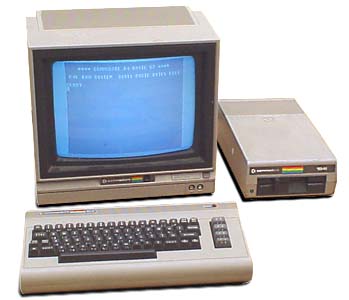
The games made in BASIC language could be transferred to floppy discs and sold. A lot of the games made in BASIC language were incredibly simple, and were usually text-based games, or had very simple graphics.
The Apple II, the commodore 64 and the Amiga all were computers that could begin to run even better BASIC games, some similar to that of the arcade and console games of the time.
Computers were incredibly expensive in this era, and were really considered as luxuries. My dad remembers that schools were really trying to push students to learn computing when he was a child, and that he had to go and buy a commodore 64 (which was very expensive then!) There was a difficult balance between computers back then, as cheap ones were just 'toys', and expensive ones were serious utilities.
The IBM released their own personal computer in the year 1981, which was open to be adapted by anyone. Third party suppliers started to release expansion cards and peripheral devices to be used with it, so it really was the first open-source computer.
Sadly, the IBM PC was not very practical in gaming terms, as it had a relatively bad colour graphics board, and bad speakers.
The Mac started to lose out on gamers, as it only offered a black and white screen - not good for games! Its strange how nowadays, macs have stunning displays - they even have a 5K screen model iMac! and even still, they are not used for gaming. They really started as they meant to go on! Macs have always also had a much larger price tag for the spec that you get.
In the late 1980s and 1990s, graphics and sound became much better in PCs. 1982 also saw the release of the first commercial CD-Rom, but they were used for PCs a few years later. CD Roms allowed mass-storage, of even as much as 650 times that of a floppy disc. With the advance of storage, came the advance of graphics in video games. Graphics could reach levels of photorealism, and high quality sound. CDs also dampened the piracy at the time which took over in the era of the floppy disc, as they were not re-writable, so illegal copies could not be produced!
CD-Roms also allowed high quality movie clips to be integrated to video games, even small movies! this is a feature used in games such as The 7th Guest. They were something very new to the market, as they offered very realistic gameplay. The bad thing about this, is that it was expensive to create. As it was very similar to that of movies, it needed the budget similar to hollywood movies of the time (voice acting, acting etc), and it frankly became an unnecessary feature.
By the 1990s, a lot of games had attempted 3d levels, such as Doom. Doom really had a good environment, and it used 2D character assets (which worked effectively) as enemies etc, to cut down on some processing power.

After GPU's were made, really high-quality 3D games could be easily achieved. The GPU (or 3D accelerator) was a second chip, but it is fully dedicated to processing just the graphics. It would work alongside the CPU, allowing it to free up and spread the load between the two. This meant that a lot of strain was taken off of the CPU, even in some cases allowing an elongated lifespan for CPU chips.
Quake was a huge game at the time, offering a full 3D shooting experience. Even still, even the latest Call of Duty titles run off of the same original Quake engine!
Network play and LAN parties were also incredibly popular in the late 1990s and early 2000s, this was allowing people to play multiplayer games on a local network together. This really did seem like it was the way it was going for video games, after all, games are even more fun with more than one person right?
If you could go back and tell someone in the 1990s of a world where you can play video games with anybody from around the world at the same time, they would have been blown away. The concept of the internet is so overwhelming when you stop and think about it. Video games supporting online play started off as text-based games, similar to that of the BASIC language games. Evolved titles emerged such as Runescape and Everquest (MMORPG's/Massively Multiplayer Online Role-Playing Games), and they began to smash the market.
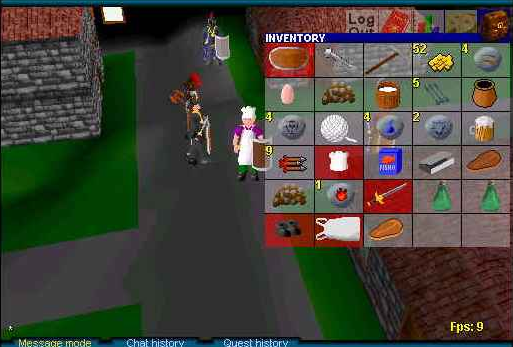
This is a screenshot of the first runescape (2001), and what MMORPGs looked like back in this time. Runescape is the perfect example of a MMORPG, and it is one that has evolved a lot since its launch, seeing three whole revisions of the game. This is the game that I remember playing most as a child, and I also remember rushing home after school to just play it. Here are screenshots of both Runescape 2 (2005,left) and Runescape 3 (2013,right):
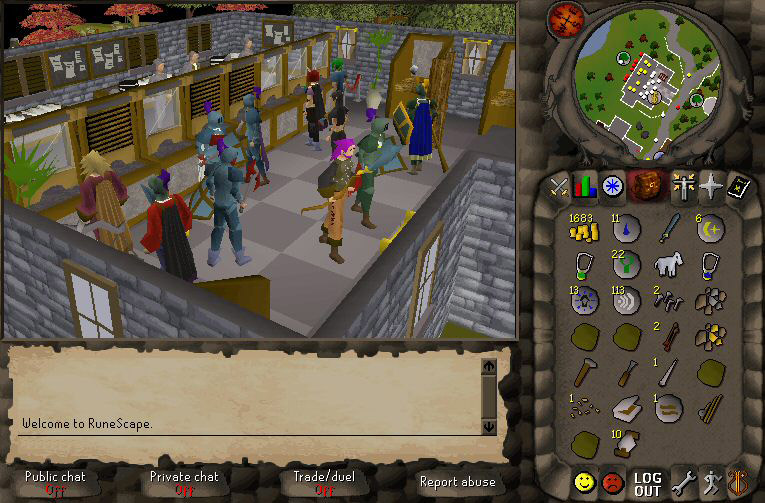
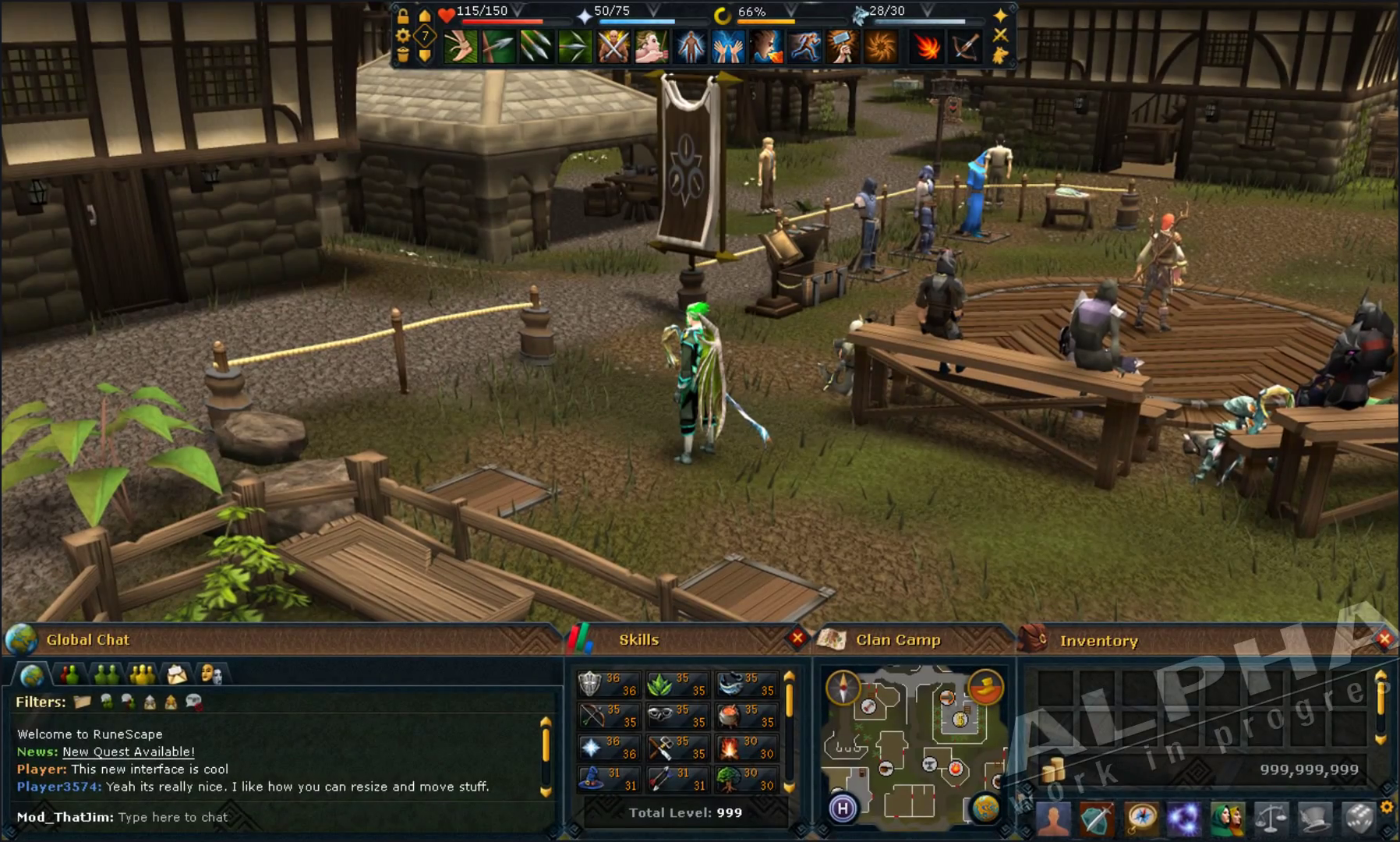
PC gaming is even more of a prestige-filled community than it has ever been, and can easily be seen as a snobby community at times. Having people open to pick their specifications alone creates boasting and arguments between people and groups of people. PC gamers can also reach graphical and processing levels higher than that of even the latest consoles of the time. Even I have built myself and friends PCs for the same price of a new 'next-gen' console, that will knock the stuffing out of them. Features such as reaching a steady 60 frames per second in a game, and ultra super-duper graphics really do make quite the boasting point for PC gamers. Alone, my graphics card can reach more than double the processing power of an Xbox 360!
Okay, so just to say, I am proudly both a PC gamer and a console gamer (I own a gaming PC and an Xbox One) and I love them both dearly, so my points of view are fair and relative to my own fair opinion!
So, that is my post on the comparisons between console and PC platforms!
Please stay tuned for more, about mobile and TVs as gaming platforms!
Hurrah!
Matt B)


0 comments:
Post a Comment